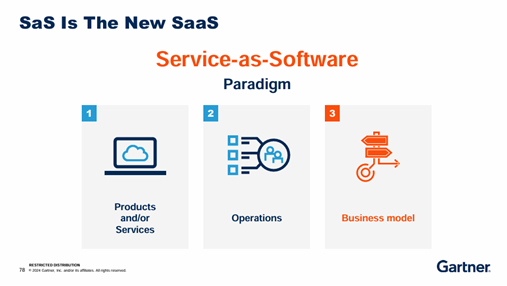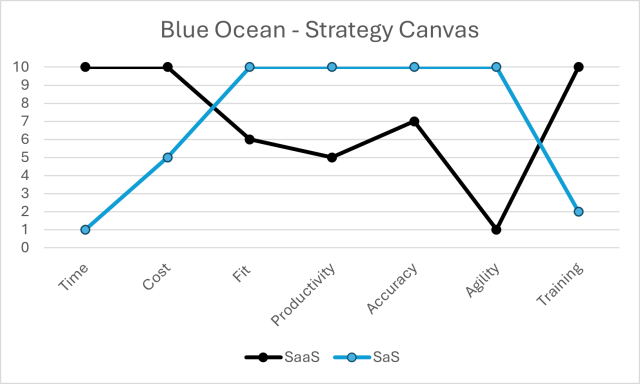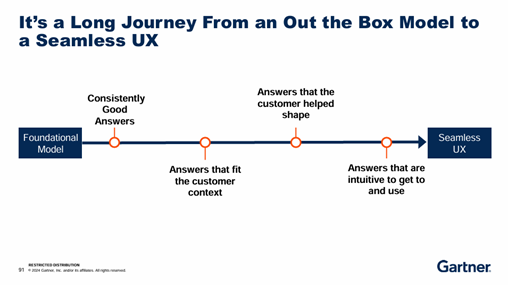Why Traditional Saas Hurts So Much
Introduction
On November 20, 2024, in a presentation to Tech CEO’s, Gartner identified the future of business software to be Service – As – Software (SaS). It reflects an entirely new approach that respects the critical elements of your company that are truly unique: Product/Services, Operations and Business model.







